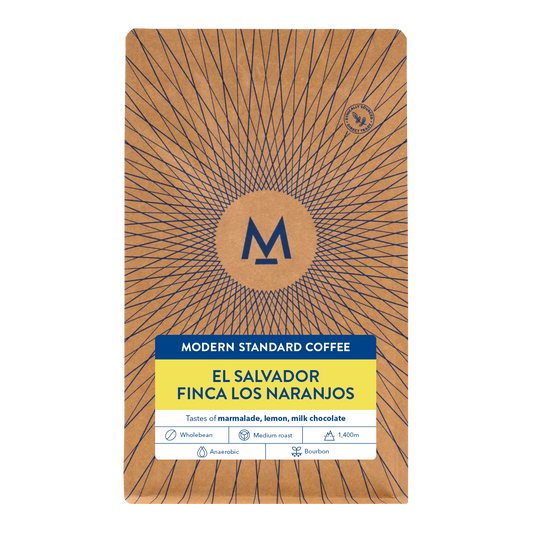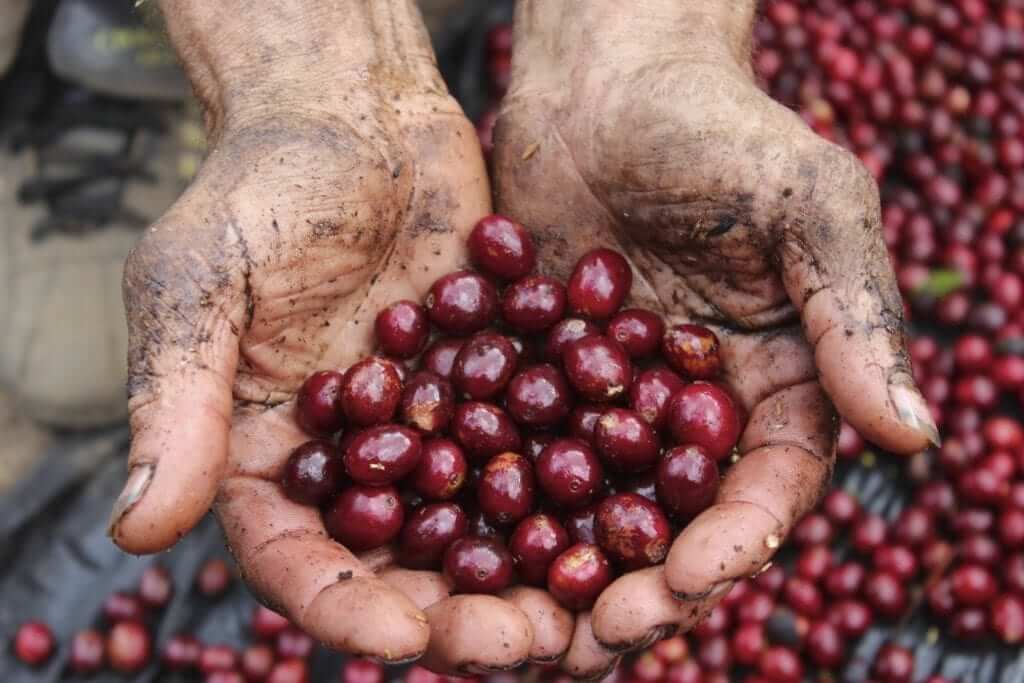
El Salvador
Don’t be fooled by El Salvador’s small size. It was once the 4th largest coffee producer worldwide and continues to produce high quality lots. The country is known for its great cupping varieties, such as Bourbon and Pacamara.
key facts

Harvest months
October – March
Production volume
700,000 (in 60kg bags)
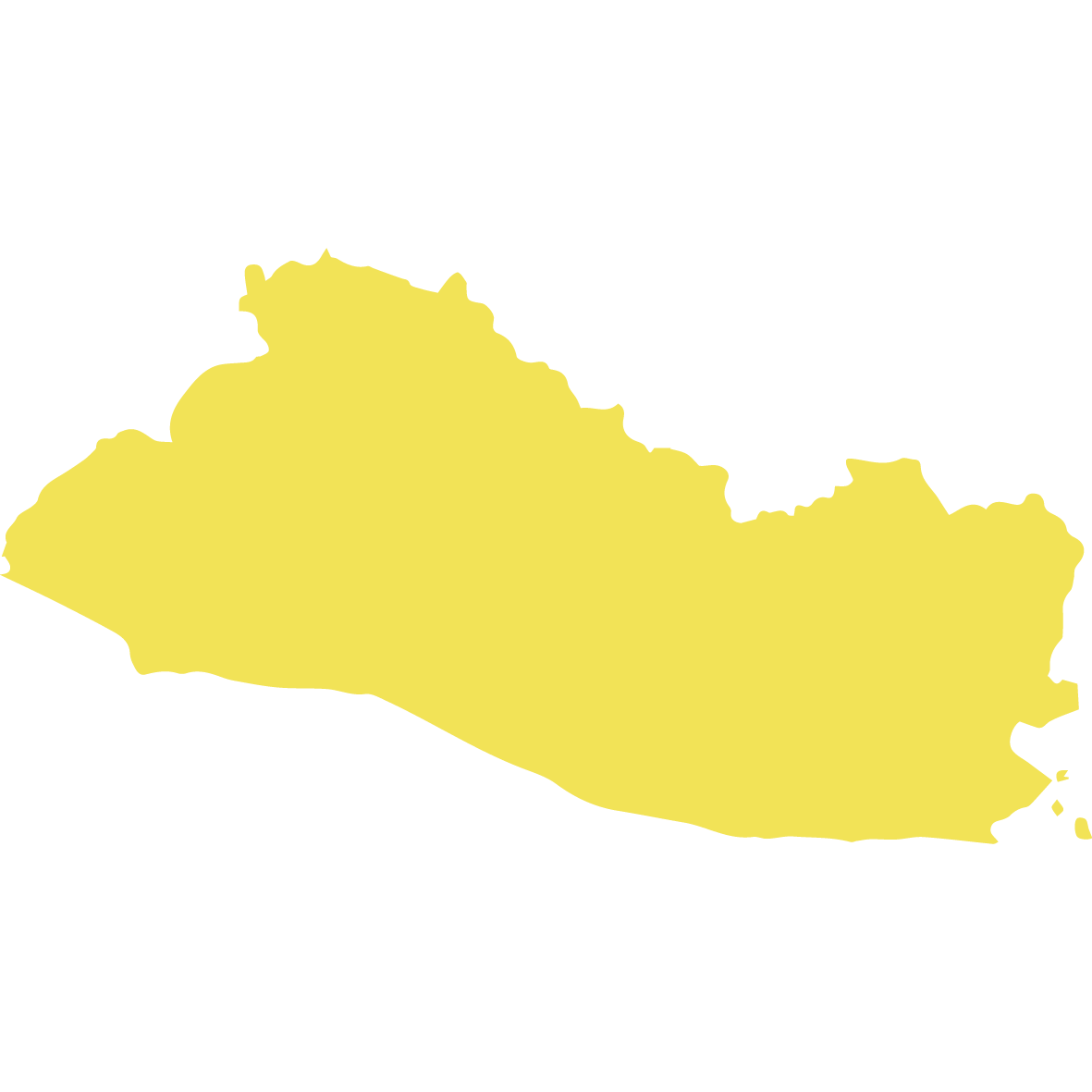
Main regions
Apaneca-Ilamatepec Mountain Range | Central Belt | Chichontepec | Cacahuatique Mountain Range | Tecapa-Chichontepec Mountain Range
Common varietals
Bourbon, Pacas, Pacamara, Caturra, Catuai
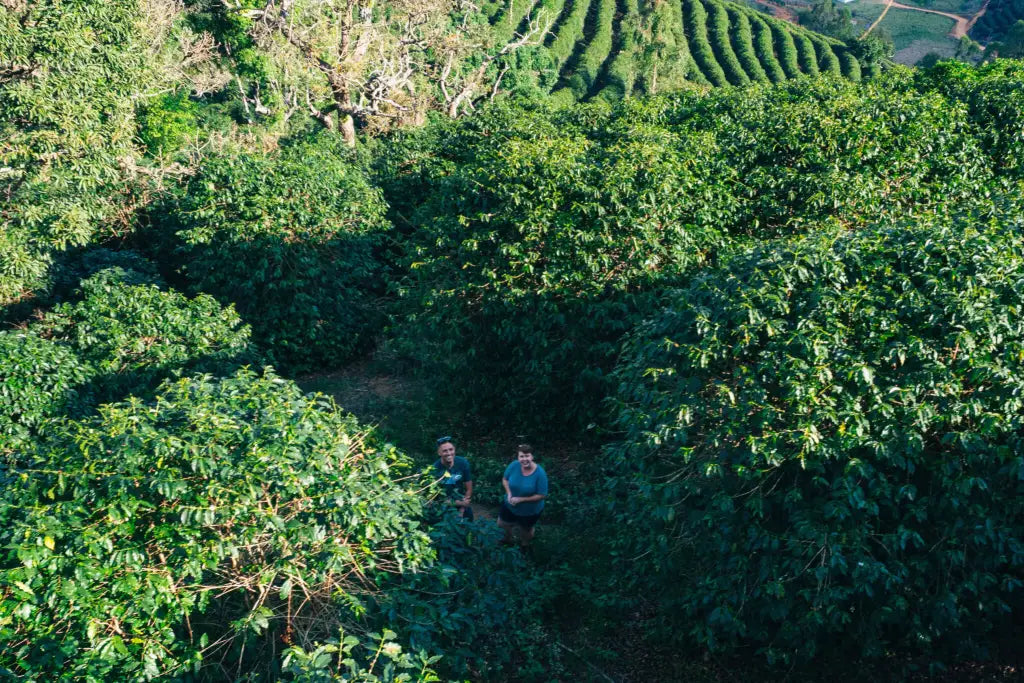
History of coffee in El Salvador
Coffee arrived in El Salvador in the 1880s and soon became a major wealth generator for the country’s elite rulers. Indigo, the plant that was used to dye cloth that iconic blue, had long been the main export crop for both El Salvador and Guatemala. However, in the 1880s, as new, cheaper, man-made dyes became available, the country’s indigo export business gradually disappeared.
As coffee supplanted indigo as the country’s biggest export crop, the small, landholding elite who possessed large swathes of land benefited. These elites were almost all deeply connected to politics, including the president of El Salvador himself, General Tomás Regalado, who at one point owned more than 6,000 hectares. Politicians had a habit of using their office (and the military) to force peasants to cede their land to cronies and even to work as poorly- or unpaid forced labor on large estates.
The landed elite invested heavily in infrastructure – roads and mills – that enabled El Salvador’s coffee industry to flourish. However, it was not until many years later, when land was redistributed to landless farmers, that the majority of the population was able to benefit from those investments.
By the 1920s, 90% of El Salvador’s exports were coffee, and by the 1970s, El Salvador was the world’s 4th largest coffee producer. This accolade is made even more impressive when considering El Salvador’s diminutive size. Unfortunately, El Salvador’s standing as an agricultural powerhouse was decimated by the full-fledged civil war that lasted from 1979 to 1992.
One outcome of the country’s civil war was significant land reform that disaggregated many of the large estates and redistributed land to landless workers. Today, 95% of El Salvador’s coffee growers cultivate coffee on fewer than 20 hectares. Estate sizes for single owners are capped at 245 hectares.
Coffee from El Salvador
-
Finca Los Naranjos
Tastes of Marmalade, lemon, milk chocolateRegular price From £13.50Regular priceUnit price per
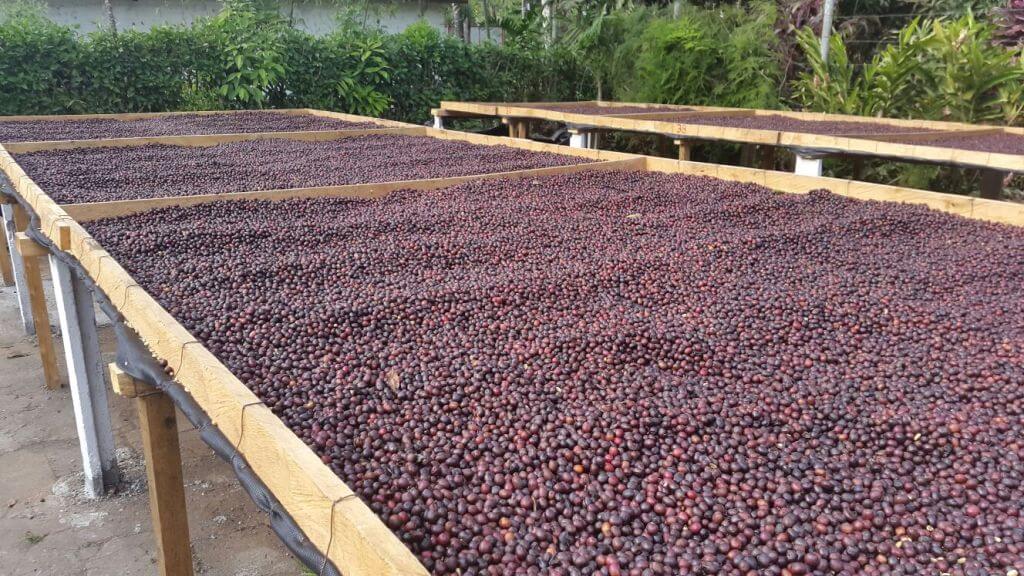
Big is best
Two beloved, frequently high-scoring varieties—Pacas and Pacamara— originated in El Salvador. Pacas, a naturally-occurring mutation of Bourbon, was discovered by Fernando Alberto Pacas Figueroa on a section of his farm “San Rafael” in Western El Salvador in 1949. Pacas is a dwarf variety, and its trees are much smaller than other varieties traditionally grown in El Salvador, such as Typica or Bourbon. Thanks to their small size, Pacas trees can be planted closer together and thus increase the yield per hectare. They also stand up well to strong winds, which are common in the country’s higher elevations.
Pacamara, a hybrid of Pacas and Maragogype, was developed in the laboratories of the now-defunct Instituo Salvadoreño para la Investigacion de Café (ISIC), led by geneticist Angel Cabrera. Though the variety had been overlooked for some time in comparison to other, new disease resistant and more productive varieties, it has made a major comeback for quality-driven producers in the last decade. Top Pacamara lots usually place in top spots during the Cup of Excellence competition every year.
Unlike many other Central American countries, approximately 60% of El Salvador’s rootstock is Bourbon. Bourbon originated in Ethiopia and was later taken to Yemen for cultivation. In the 1700s, French missionaries carried seeds to Bourbon Island (present day La Réunion). Keeping its island-name, Bourbon was introduced to Brazil in the 1860s, and its clean, bright profile helped spread the variety across Latin America. Due to its susceptibility to coffee leaf rust (CLR), Bourbon has fallen out of favor with some producers, but its renowned profile has lived on in many hybrid varieties.
While the high prevalence of Bourbon once made El Salvador among the most sought-after coffee producing origins, its predominance presented a challenge during the Coffee Leaf Rust (CLR) crisis of the early 2010s. The susceptibility of the Bourbon plant to the disease was aggravated by aging rootstock and decades of lack of investment due to low prices and farm abandonment. Coffee export revenue in the country dropped 20% between 2011 and 2013.

Coffee in El Salvador today
El Salvador’s long history as a major coffee producer continues to positively affect coffee production in El Salvador today. Unlike other countries, where specialty coffee production has required a great deal of additional investment and training, El Salvador already has a broad and skilled specialty coffee workforce. Farming traditions run deep, and many Salvadorian farmers are extremely passionate about coffee production and continuously strive to improve their crop.
Though coffee output in the country has been declining for over two decades – exacerbated by the CLR crisis – the approach to coffee production has changed from volume- to quality-driven. A new generation of coffee producers has sprouted around the country with a new vision and approach to production. Many of this generation are experimenting with processing and varietals.



